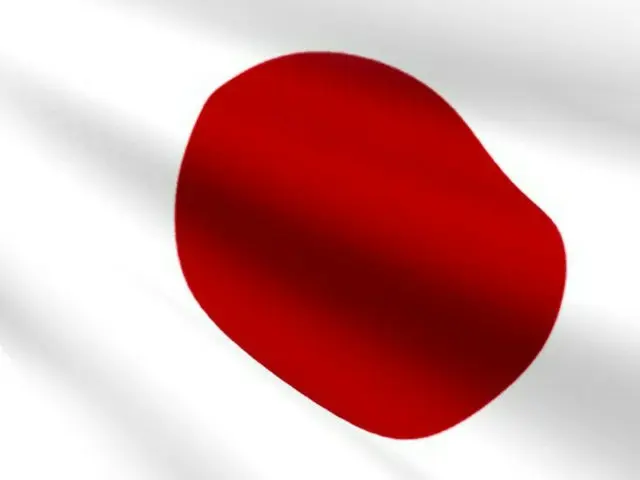The amount of Japanese ice cream imported to Korea is also gradually increasing due to rising prices of ice cream.
According to the Japan Ice Cream Association's "Ice Cream and Frozen Dessert Sales Performance," the ice cream market in 2023 is expected to grow by 6.0
This represents a 9.9% increase from the previous year, reaching 8.2 billion yen. Since exceeding the 500 billion yen mark in 2017, it has increased by 100 billion yen in just six years.
Although sales volume has decreased slightly from last year, products such as monaka and daifuku have increased significantly, and the market
Sales volume of frozen dessert products declined, down 0.8% from a year ago. On the other hand, sales of commercial products and stick-type products have steadily increased since the COVID-19 pandemic, down 2.2% from last year.
In the second half of the year, sales of other products such as monaka and daifuku ice cream increased by more than 1.5 times compared to the previous year. Furthermore, the unit price of sales also increased by 65 yen compared to the previous year due to the rise in prices, reaching a record high.
In the second half of last year, a second price adjustment was made, and the purchase price rose to 723 yen. Looking at consumption trends, according to the Ministry of Internal Affairs and Communications' household survey (households with two or more people), the average purchase price per household in fiscal 2023 is
The average annual ice cream consumption was 11,707 yen, exceeding the 10,000 yen mark for the fourth consecutive year. The trade value of ice cream and other frozen fruits exported from Japan last year also reached a record high.
According to trade statistics from the Ministry of Finance in Japan, exports of ice cream and frozen fruits in 2023 are expected to reach 7.966 billion yen, and the volume will be 10,138 tons, tripling in 10 years and exceeding 10,000 tons for the first time.
Supported by this vitality, some ice cream manufacturers are looking to develop new overseas markets. The Imuraya Group, which produces azuki bean ice cream, is currently producing Halla ice cream at its Malaysian factory.
The company is currently promoting localization, such as obtaining certification for its ice cream products, and is working to capture the market by releasing new products using locally popular tropical fruits.
Imports are also increasing at the same time. Last year, Japan imported 3.52 billion yen worth of ice cream, down from 2.5 billion yen in 2019, when imports fell due to the COVID-19 virus.
The volume of imported Korean ice cream was about 435 tons, which is 6.3% of the total, ranking fourth.
An official from the Korea Agro-Fisheries and Food Trade Corporation (aT) said, "Japan's ice cream market is booming.
"This is also reflected in the growth in market size. We can expect the market for Korean-made ice cream to expand," he said, adding, "Demand for Korean-made desserts is also on the rise."
2024/06/30 07:11 KST
Copyrights(C) Edaily wowkorea.jp 107

